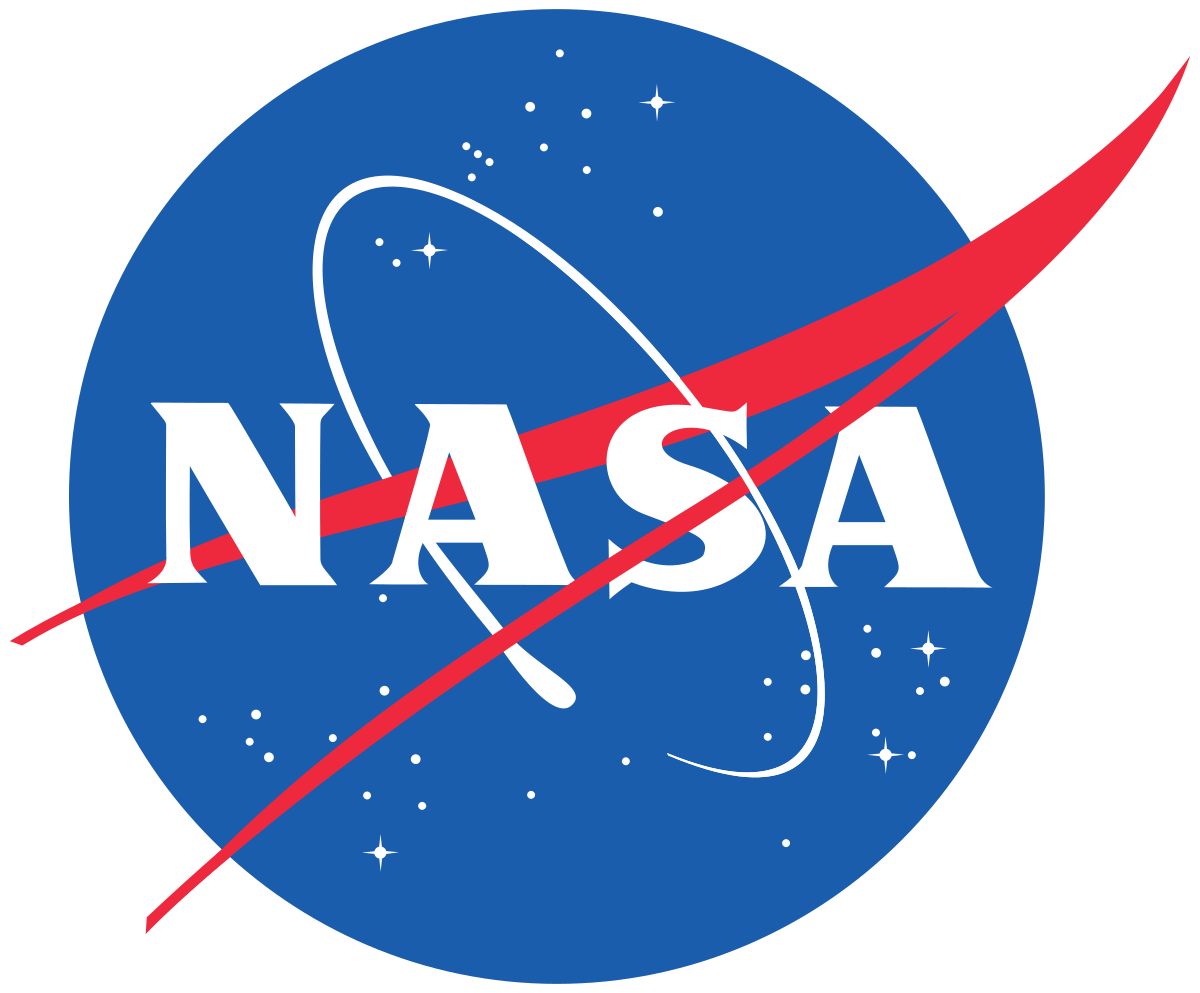Part 2 of 2 Parts (Please read Part 1 first)
The U.S. economy on Earth is supported by a huge and complex investment in infrastructure for transportation and logistics. The Interstate Highway System, railroad networks, long-haul trucking, maritime and air cargo allow our economy to function. Systems of logistics are flexible, affordable and available. Very little of our infrastructure is waste. Ships, trucks, planes, trains and cargo containers are reused over and over again. Every company in every industry relies on some part of this logistical capacity.
Logistic systems also server to stimulate the U.S. economy. The construction of the Dwight D. Eisenhower System of Interstate and Defense Highways resulted in the creation of the long-haul trucking industry. Shipping containers have been standardized in size and shape. This has been a major factor in the globalization of the world economy, new industries have sprung up because of the convenience, scalability and flexibility of logistics.
Should the U.S. invest in a logistic infrastructure in space? Should our government provide transportation, depots, energy and communication that server the many space businesses and government space programs. The answer of many experts is a resounding ‘yes’. It is time to being the construction of the Space Superhighway.
There are existing technologies which can be used to build a space-based logistic infrastructure like the interstate system and containerized shipping industry. Systems that allow satellite inspection, repair and modernization in space are already in development. Some companies are working on the design of future satellites to be able to refueled. There is also work on upgrading the electronics on satellites while in orbit. Constructing the Space Superhighway will move us from ‘disposable’ to ‘reusable’ systems in space. Every single space project from factories in orbits to habitats on the Moon will benefit from this program.
Creating widespread space systems with affordable and timely logistical supply will stimulate economic growth, jobs and new businesses. Many experts agree that the best model for this development is private funding and operation. The U.S. government could make seed funding available as it has done for other space programs. Technological support, policy are regulatory interventions, and service contracts will help the new system get on its feet. That will help attract private capital that is needed to construct the new system. Other government actions could also serve to stimulate the development of a space logistics infrastructure. A focused research and development tax credit would be valuable as well as the creation of space technology opportunity zone. However, the private sector can bring efficiency, agility, and capital that will be critical for long-term success.
Space is a growing part of the U.S. economy and has had positive impacts on society far beyond markets and revenues. The Space Superhighway can be a whole-of-nation project. It would be a worthy legacy for the current U.S. national administration and Congress. It will span many new space ventures which are now blossoming, generating social and economic benefits for generations to come. It would provide America with an advantage in the face of the strategic competition in space.
